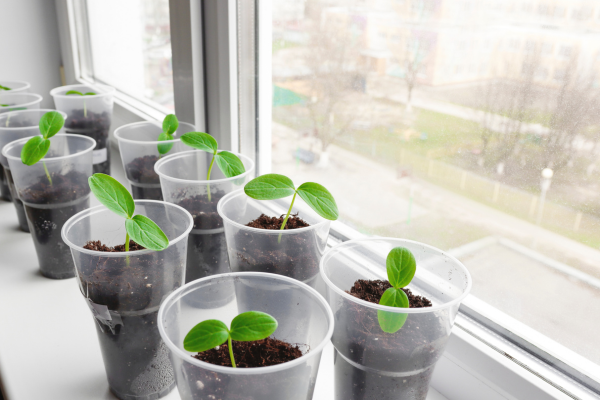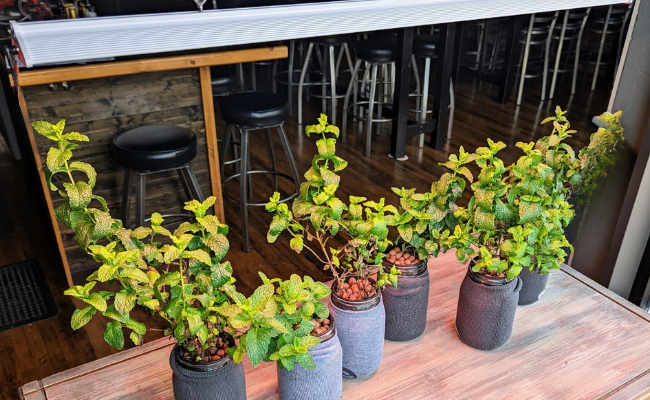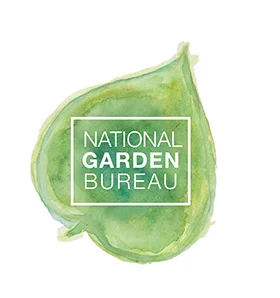South Facing Windows : Grow Lights vs. Sunlight
All ArticlesTable of Contents
South Facing Windows vs. Grow Lights
Are you really giving your plants the best possible environment with a south facing window? We sometimes hear gardeners talk about the success they have starting plants in a south facing window, or how they can keep some plants happy in the winter just using a south facing window. What comes to mind for us, as a grow light manufacturer, is that we hope you will consider that even the loveliest south facing window is not giving your plants the best possible environment for growth and survival. Even if the window is not covered in a coating that blocks sunlight, winter days are still much too short to provide the ideal amount of daily light most plants need.

The Limitations of South Facing Windows
If you happen to have an ideal-sized window that faces true south, then you’re pretty lucky because it is possible to have some level of success with keeping plants alive or starting seeds. While some folks are happy with the results they get from a south facing window, anyone who has decided to take a leap and try a really great grow light, will tell you there is definitely a real bonus for your plants if you pick the right grow light.
Understanding Daily Light Integral (DLI)
We all know plants need sufficient amounts of light to grow robustly. The word “sufficient” is very important here. I am going to mention one technical term and I promise this will be the only one. Plants need their daily dose of light and the technical term for this is Daily Light Integral or DLI. It is the average intensity of the light multiplied by the total number of hours of light that the plants are getting. For example, lettuce, herbs, and microgreens need a DLI of 3 to 5 per day whereas tomatoes and peppers may need a DLI of 10 to 15 per day.
By the way, the units for DLI are moles of photons per square meter per day for those of you who are curious. That is all we will say about DLI but I think you get the point that what really counts is the amount of light our plants get each day.
Challenges of Winter Sunlight

The challenge for those of us living in the northern half of the US is that the days get pretty short in the winter (i.e. 6 to 8 hours of reasonable sunshine) and that many of the days in the winter are cloudy or overcast. So we may only be getting on average 4 to 6 hours of sunlight per day.
On top of that, the windows we all have in our homes have special coatings on them to improve their ability to insulate from the cold and to reduce the amount of light entering our homes in the summer to reduce our air conditioning cost. These coatings are called low emissivity or Low E coatings. These coatings block about 75% of the light from the sun.
Add these factors together and it turns out that we are lucky if we can get enough light through our windows to keep our plants alive and maybe grow some microgreens. If we were hoping to grow plentiful amounts of greens, herbs, or possibly some cucumbers or tomatoes, we will most likely be disappointed.
How Do Grow Lights Fix The Problem
High quality grow lights that use very efficient LEDs will enable you to grow pretty much any plants you would like quickly and efficiently for just pennies a day. They use the proper ratio of red to blue to green light as well as the right intensity for growing everything from arugula to tomatoes. Turn on your light that can be in your basement, closet, or kitchen for 14 to 18 hours per day and you will be amazed at your winter bounty.
And that brings us to flexibility. With Happy Leaf LEDs, you won’t have to locate ALL OF YOUR PLANTS IN ONE WINDOW…. or, only in south facing windows…. or, in any windows at all. You can grow herbs on a shelf in your kitchen, lettuce in your living room and tomatoes in your basement! No windows (north, south, east or west) required.
A 33 inch Procyon 2.0 Happy Leaf light can grow an area of up to 2 x 4 feet for your greens, herbs, and microgreens. You will be eating your harvest within 4 weeks of your planting date. Our lights are not only great for food, houseplants and succulents will benefit massively.
We encourage you to give it a try and we guarantee you will become as addicted as we are to winter indoor gardening.

Still on the fence about starting your indoor gardening adventure? Get inspired by our YouTube channel or browse our blog posts for answers to your technical grow light & indoor gardening questions like ‘Grow Lights – How Much Should I Pay?‘ or what are some unique varieties I can grow?
Happy Leaf LED is a proud member of The National Garden Bureau.
